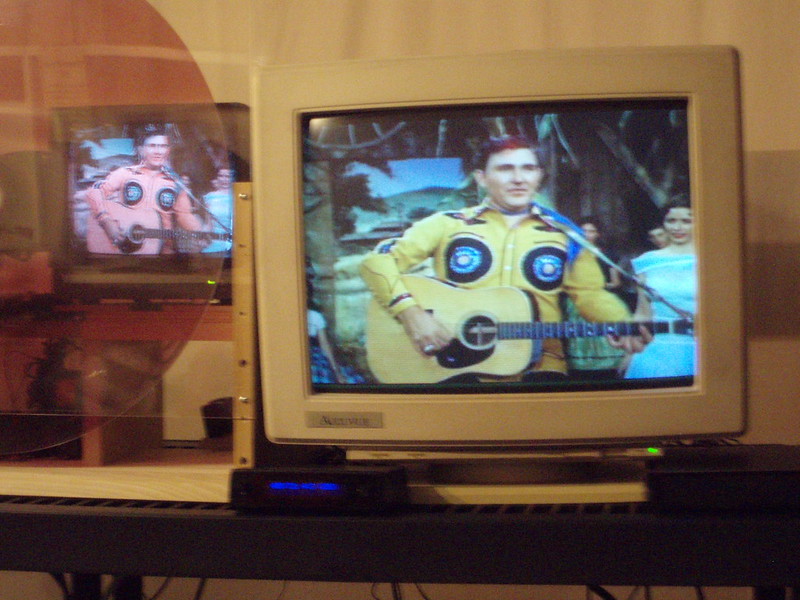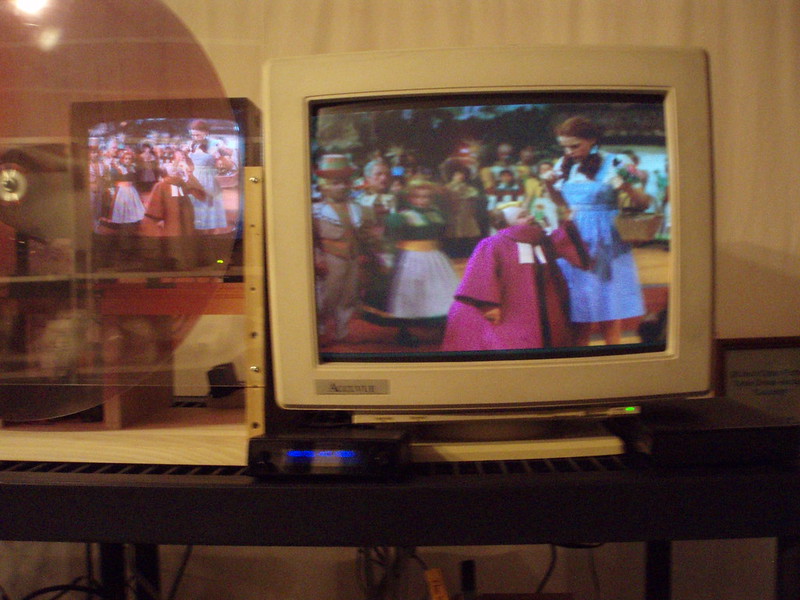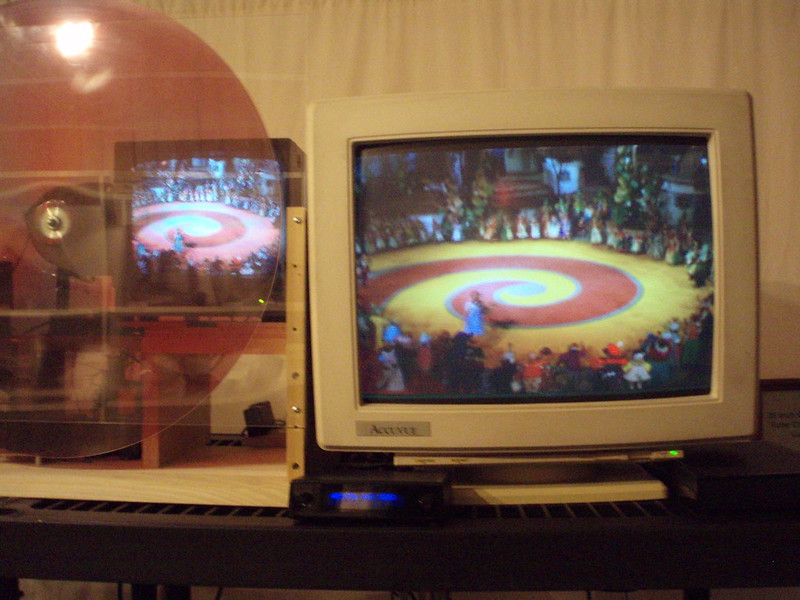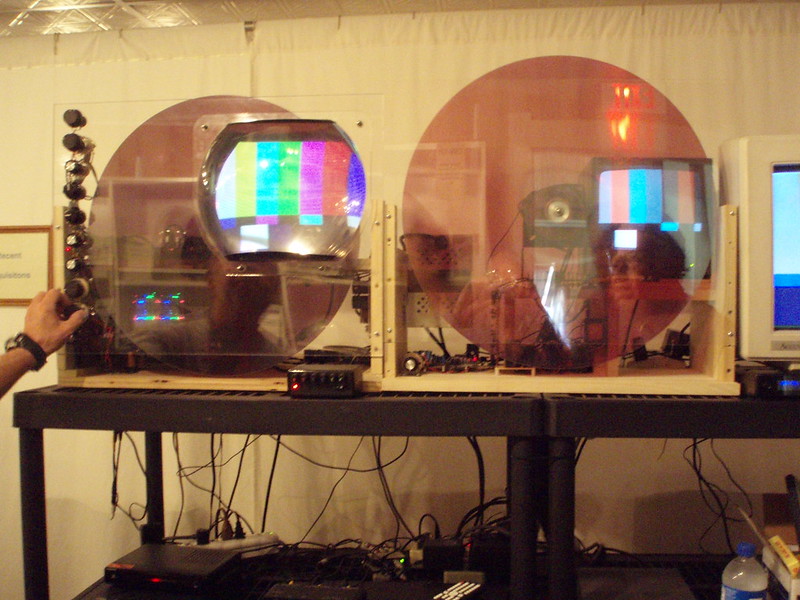
 |
|
|
|
#1
|
||||
|
||||
|
Quote:
A few things come to mind: !. Since the unit is on a long cable, the complex driving circuitry could have been located apart from the display, making for a compact unit, even in the era before complicated ICs, so perhaps it would have been possible.  2. Perhaps the body of the unit could have contained a small monochrome CRT and a mirror/lens system similar to the Philco Safari. Again could have been possible with remote electronics. 3. The caption says "talk to a nurse and operate a combination radio-television set"...Which may be an indication that this was just a "nurse call button" combined with a fancy radio/tv remote control... but it sure looks like a display screen. Scratching my head over this one, thanks for posting it! jr |
|
#2
|
||||
|
||||
|
Quote:
See photo of working 6 inch flat color CRT. http://www.visions4.net/journal/time...wordpress-525/
__________________
|
|
#3
|
||||
|
||||
|
Quote:
jr Last edited by jr_tech; 04-12-2012 at 11:00 PM. |
|
#4
|
||||
|
||||
|
Quote:
__________________
|
|
#5
|
||||
|
||||
|
Quote:
Last edited by old_tv_nut; 04-13-2012 at 07:34 PM. |
| Audiokarma |
|
#6
|
||||
|
||||
|
Quote:
__________________
|
|
#7
|
||||
|
||||
|
Quote:
As the author states, purple is not possible - but I have no idea what he means by "reddish blue" if it's not purple (which it couldn't be) - maybe he means it was slightly variable from slightly blue to slightly red. Here are some shots of Cliff Benham's 2-color field sequential set (left smaller screen) vs. ordinary 3-color (right screen), from the 2009 Early Television convention.  P5010070 by old_tv_nut, on Flickr  P5010072 by old_tv_nut, on Flickr  P5010114 by old_tv_nut, on Flickr  P5010115 by old_tv_nut, on Flickr Finally, 3-color bars on left, 2-color on right:  P5010099 by old_tv_nut, on Flickr |
|
#8
|
||||
|
||||
|
Quote:
__________________
|
|
#9
|
||||
|
||||
|
Quote:
jr |
|
#10
|
||||
|
||||
|
I've now sold the bridge a total of nine times. Wanna buy it?
 Phil |
| Audiokarma |
|
#11
|
||||
|
||||
|
Quote:
http://www.earlytelevision.org/mexican_color.html. Two color film, however, was used for a while - in one early form of Technicolor; also some two-color cartoons by others than Disney (who had three years of exclusive rights for use of three-color Technicolor in cartoons). |
 |
|
|